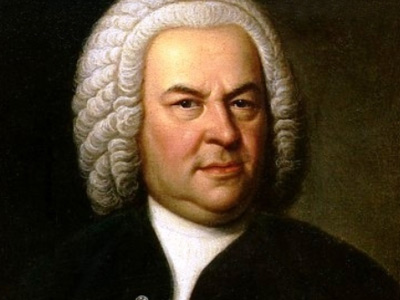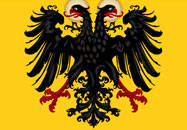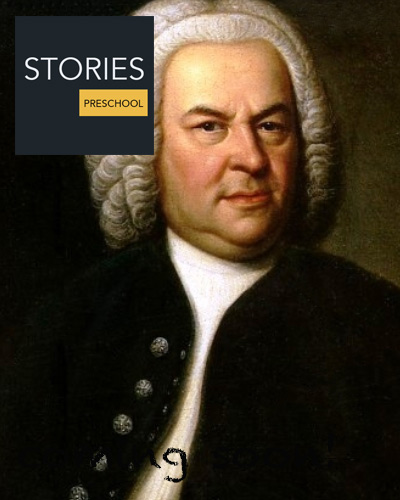Johann Sebastian Bach (1685-1750)

Return to Weimar (1708–1717)
Bach left Mühlhausen in 1708, returning to Weimar this time as organist and from 1714 Konzertmeister (director of music) at the ducal court, where he had an opportunity to work with a large, well-funded contingent of professional musicians. Bach and his wife moved into a house close to the ducal palace. Later the same year, their first child, Catharina Dorothea, was born, and Maria Barbara's elder, unmarried sister joined them. She remained to help run the household until her death in 1729. Three sons were also born in Weimar: Wilhelm Friedemann, Carl Philipp Emanuel, and Johann Gottfried Bernhard. Johann Sebastian and Maria Barbara had three more children who however did not live to their first birthday, including twins born in 1713.
Bach's time in Weimar was the start of a sustained period of composing keyboard and orchestral works. He attained the proficiency and confidence to extend the prevailing structures and to include influences from abroad. He learned to write dramatic openings and employ the dynamic motor rhythms and harmonic schemes found in the music of Italians such as Vivaldi, Corelli, and Torelli. Bach absorbed these stylistic aspects in part by transcribing Vivaldi's string and wind concertos for harpsichord and organ; many of these transcribed works are still regularly performed. Bach was particularly attracted to the Italian style in which one or more solo instruments alternate section-by-section with the full orchestra throughout a movement.
In Weimar, Bach continued to play and compose for the organ, and to perform concert music with the duke's ensemble. He also began to write the preludes and fugues which were later assembled into his monumental work The Well-Tempered Clavier (Das Wohltemperierte Klavier—"Klavier" meaning clavichord or harpsichord), consisting of two books, compiled in 1722 and 1744, each containing 24 preludes and fugues in every major and minor key.
Also in Weimar Bach started work on the Little Organ Book, containing traditional Lutheran chorale tunes set in complex textures. In 1713, Bach was offered a post in Halle when he advised the authorities during a renovation by Christoph Cuntzius of the main organ in the west gallery of the Market Church of Our Dear Lady.
In the spring of 1714, Bach was promoted to Konzertmeister, an honour that entailed performing a church cantata monthly in the castle church. The first three cantatas Bach composed in Weimar were Himmelskönig, sei willkommen, BWV 182, for Palm Sunday, which coincided with the Annunciation that year, Weinen, Klagen, Sorgen, Zagen, BWV 12, for Jubilate Sunday, and Erschallet, ihr Lieder, erklinget, ihr Saiten! BWV 172 for Pentecost. Bach's first Christmas cantata Christen, ätzet diesen Tag, BWV 63 was premiered in 1714 or 1715.
In 1717, Bach eventually fell out of favour in Weimar and was, according to a translation of the court secretary's report, jailed for almost a month before being unfavourably dismissed: "On November 6, [1717], the quondam concertmaster and organist Bach was confined to the County Judge's place of detention for too stubbornly forcing the issue of his dismissal and finally on December 2 was freed from arrest with notice of his unfavourable discharge."
HISTORY

RESOURCES
This article uses material from the Wikipedia article "Johann Sebastian Bach (1685-1750)", which is released under the Creative Commons Attribution-Share-Alike License 3.0.
© Stories Preschool. All Rights Reserved.










